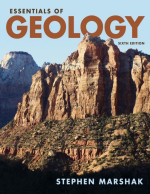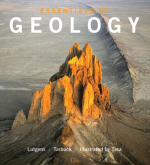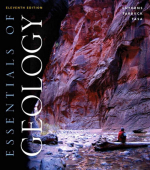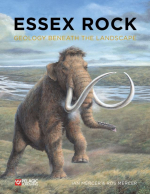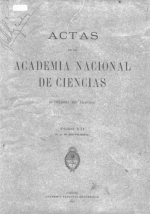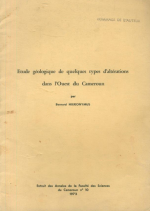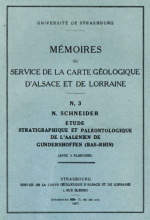To produce materials from mine to market it is necessary to overcome obstacles that include the force of gravity, the strength of molecular bonds, and technological inefficiencies. These challenges are met by the application of energy to accomplish the work that includes the direct use of electricity, fossil fuel, and manual labor. The tables and analyses presented in this study contain estimates of electricity consumption for the mining and processing of ores, concentrates, intermediate products, and industrial and refined metallic commodities on a kilowatt-hour (kWh) per unit basis, primarily the metric ton (ton) or troy ounce. Data contained in tables pertaining to specific currently operating facilities are static, as the amount of electricity consumed to process or produce a unit of material changes over time for a great number of reasons. Estimates were developed from diverse sources that included feasibility studies, company-produced annual and sustainability reports, conference proceedings, discussions with government and industry experts, journal articles, reference texts, and studies by nongovernmental organizations (NGOs). Suggestions for additions and corrections are welcome by the author. <...>


